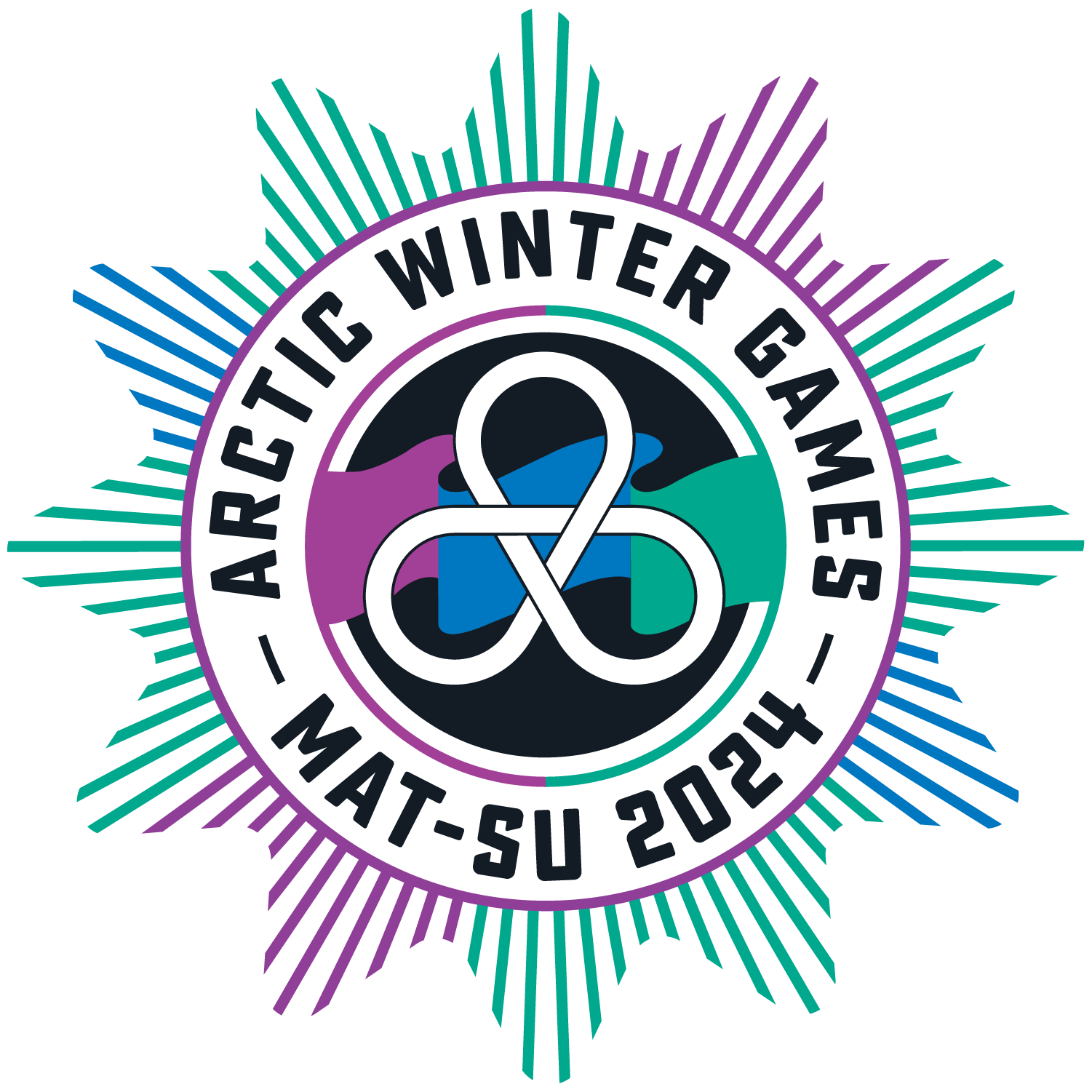Contingent Regional Flags
- Anna Chabukina
- Mar 16, 2024
- 2 min read
Nunavut
Nunavut became its own territory– and officially adopted its own flag– in 1999 when the cultural region separated from Northwest Territories. Their flag features a yellow and white background with an inuksuk –a traditional Inuit land marker– and a blue star that represents the North Star. The blue and gold are said to represent the riches of the land, sea, and sky. The red represents Canada as a whole. Matilda Pinksen says "There is a lot of pride in our flag. Specifically to AWG. You know, we used to compete with Northwest Territories as one contingent but now, being able to be here with our own flag representing our own land, it carries a lot of pride."
Sapmi
The Sapmi flag is a series of colors. With Red and navy Blue as its background. It features two vertical lines in yellow and green with a red and blue circle running through them. The red part of the circle represents the sun, the blue represents the moon. green represents nature, blue - water, red- fire, yellow sun. The flag was first used in 1986 but wasn't approved as the official flag until 1992. One spectator spoke to us about their personal thoughts and feelings about the flag. " Our people live in 4 countries so the flag colors represent that we are together. We don't have our own country, state or land. The flag is not connected to any one people. It connects us all. We are proud to be here with our flag to represent the Sami people. It is an honor."
Kalallit Nunaat
Kalaallit Nunaat is a sovereign State of Denmark. In 1978 Denmark granted Greenland home rule, making it a member of the Danish Realm. The present flag was designed by Thue Christiansen. It features two equal horizontal bands of white (top) and red (bottom) with a counter-changed red and white disk slightly off center. The white Stripe represents the glaciers and ice caps, the red stripe represents the ocean. The red part of the disk represents the Sun and the white semi-circle represents the icebergs and pack ice. The colors themselves remained red and white to symbolize their place in the Denmark Realm.
Nunavik-Quebec
Nunavik is the "Far North'' of Quebec. There, you can find polar bears, marine mammals, caribou, muskoxen, and larger-than-life landscapes. Nunavik displays Qeubec's flag at AWG. It features a white cross on a blue background, with four white fleurs-de-lis. It was first adopted in Canada around 1948. The blue of the flag represents heaven , the white fleurs-de-Iis represents Purity. Nunavik means "Great Land" in Inuktitut, the local dialect.
Alaska
Alberta North
Northwest Territories
Yukon
